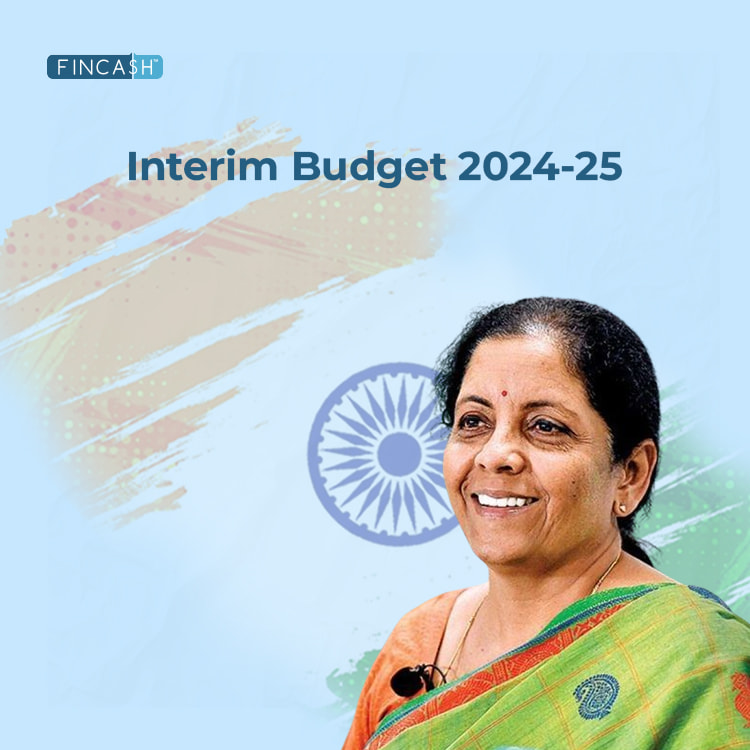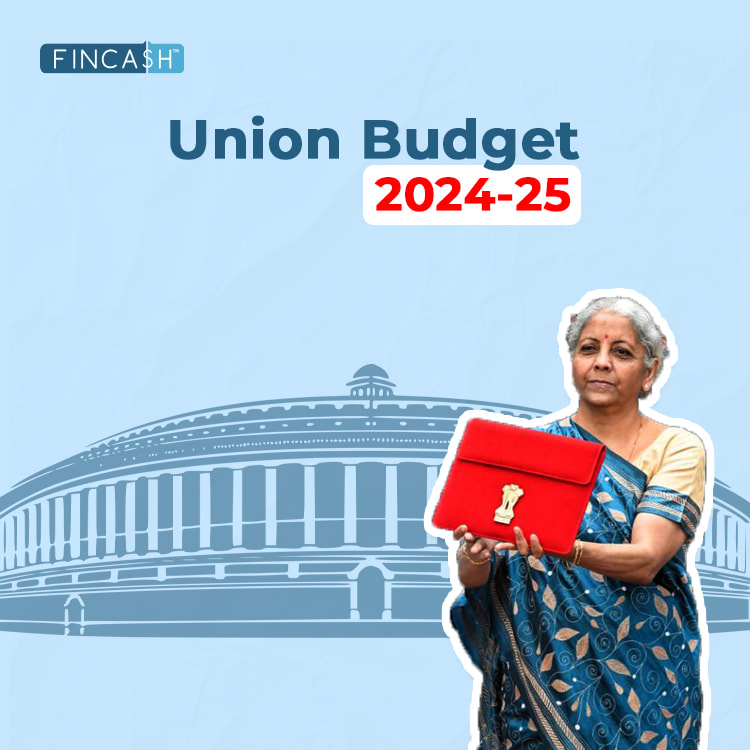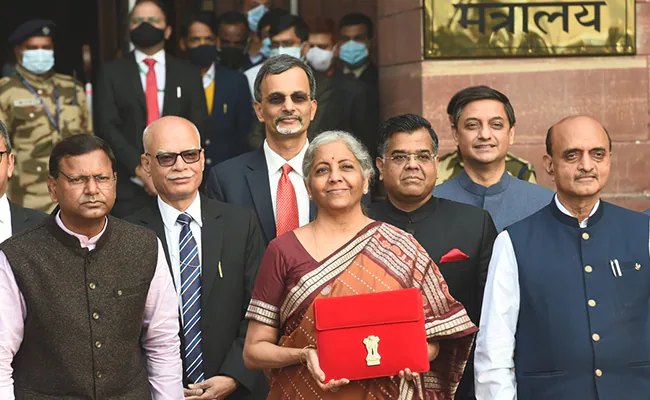
Table of Contents
What to Expect from Interim Budget 2024 - 2025?
Finance Minister Nirmala Sitharaman is set to unveil the Interim Budget for the Fiscal Year 2024 - 2025 on February 1, 2024, at 11:00 am in the Parliament. This provisional financial statement sustains the government until a new administration assumes responsibility, aligning with the upcoming general elections later in the year.
What is an Interim Budget?
Separated from the inclusive annual budget, an interim budget functions as a brief, short-term strategy that covers the initial months of the fiscal year. It defines the government's expected Income and planned expenditures, facilitating the management of financial obligations until the establishment of a new government following the elections. It is presented when a government is approaching the conclusion of its term or amid a transition period.

It functions as a provisional Financial plan, guaranteeing the continuity of government expenses and operations until a new government is established or a complete budget is introduced post-election. Given that the fiscal year concludes on March 31 and the customary government transition takes place in late May or early June, the interim budget assumes a vital role in upholding financial stability during the interim period.
Important Details About Interim Budget 2024 - 2025
The budget session of parliament is expected to commence on January 31, 2024, and is anticipated to conclude in April. President Droupadi Murmu will officially open the session by addressing both Houses of Parliament on the inaugural day. This year's Economic Survey is composed to be more concise, Offering insights into India's economic landscape for the fiscal year 2024 - 2025. In contrast to a comprehensive economic survey, this shortened version will head the presentation of the Interim Budget on February 1.
The formulation of the survey is led by Chief Economic Adviser Dr V Anantha Nageswaran, who traditionally encircles an overview of annual economic progress, key challenges, and potential solutions. The Ministry of Finance initiated its annual budget-making process on September 4, 2023, laying the foundation for the upcoming fiscal plans. The meticulous planning involved the government's dedication to addressing economic challenges and promoting growth.
Talk to our investment specialist
Key Elements of the Interim Budget 2024 - 2025
The government aims to sustain the growth witnessed in the past two years while upholding fiscal discipline. Here are some key elements to watch for in the upcoming budget:
Budget Size: This closely monitored figure will unveil the government's fiscal support for the Economy and various welfare programs as the country approaches general elections
Capital Spending: Government Capital expenditure, with a high multiplier effect, has contributed to driving investment-led growth, compensating for the absence of a widespread recovery in private investment
Fiscal Deficit: Reflecting the budget's fiscal stimulus (or lack thereof) indicates whether the government is adhering to its stated fiscal course correction path
Nominal GDP Growth: Mainly observed for the government's revenue assumptions and tax flexibility, higher growth aids in the government's efforts to contain the fiscal deficit ratio
Net Tax Mop-up: Tax and other receipts are scrutinised to assess the government's spending capacity without intensifying the fiscal gap. Shortfalls may necessitate increased borrowing or spending cuts
Disinvestment: Signalling the government's privatisation objectives, particularly in light of recent strategic sale setbacks, contributes to the government's revenue generation
RBI Dividend: While not explicitly mentioned, it is part of "dividends and profits." Generous RBI dividends have played a role in narrowing the government's fiscal gap
Market Borrowing: This affects interest rates and bond yields, and excessive government Market borrowing may crowd out private players
The outlay for the poor includes:
MGNREGS: Providing employment opportunities to unskilled workers to alleviate rural distress
Food Security: Fund the program to ensure food for the poor and support procurement to prevent distressed sales by farmers
What can be Expected from the Interim Budget 2024 - 2025?
Taxpayers anticipate significant measures in the upcoming budget, with salaried individuals expressing hopes for adjustments in the basic exemption limit and HRA Exemption under both the new and old tax regimes. Personal Finance Experts stress the urgent need for relief in light of squeezed incomes due to elevated Inflation. As Finance Minister Nirmala Sitharaman unveils the Interim Union Budget 2024 on February 1, various Industry experts outline key expectations.
Indexing Tax Slab Limits
Since 2014, the tax slabs remain unchanged, burdening households with escalating real tax rates. Indexing tax slab limits to inflation to bolster the purchasing power of the middle class against rising costs could be expected from this budget.
Increasing Standard Deduction Limits
Furthermore, the standard Deduction limits can be increased, and the sec 80C savings cap can be raised to encourage financial carefulness. Also, savings can be redirected into productive assets, fostering Economic Growth.
Better Take-Home Pay for Salaried
Some experts have underscored salaried employees' expectations for better Take-Home Pay amid inflation. While outright income tax cuts seem implausible given fiscal constraints, experts suggest providing relief by enhancing tax-free ceilings for transport, housing and leave travel allowances. Addressing outdated limits set in 2017 to account for rising home rental costs and vehicle ownership expenses would aid budgets. Additionally, there could be an improvement in the monthly GST input credit timelines and processes. Plus, there could be an increase in employer PF contributions from 12% to 15% for better employee retirement funds.
Conclusion
The Indian Interim Budget holds paramount significance as the nation stands at the cusp of impending general elections. This temporary financial statement is pivotal in navigating the transitional period until a new government assumes charge.The government aims to sustain economic growth while maintaining fiscal discipline, so key budget components will be closely scrutinised. These elements not only reflect the government's financial strategies but also impact various sectors of the economy. As the nation eagerly awaits the details of this crucial budget, its outcomes are anticipated to influence economic trajectories, public sentiment, and the overall direction of policy initiatives in the forthcoming fiscal year.
All efforts have been made to ensure the information provided here is accurate. However, no guarantees are made regarding correctness of data. Please verify with scheme information document before making any investment.









